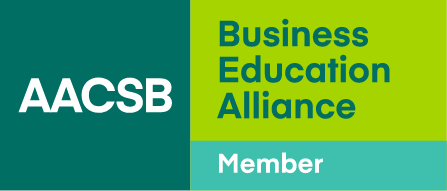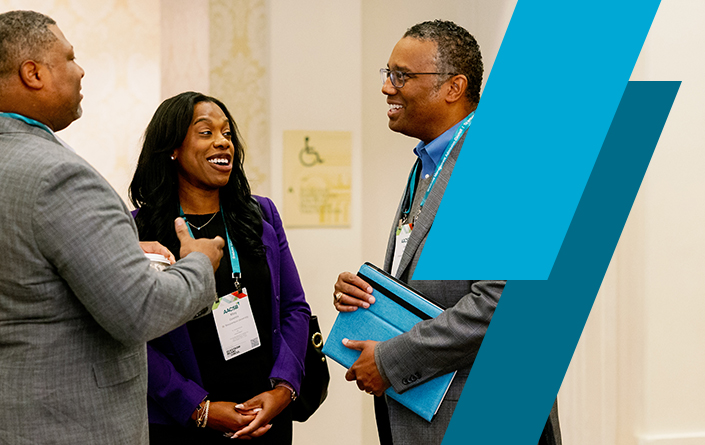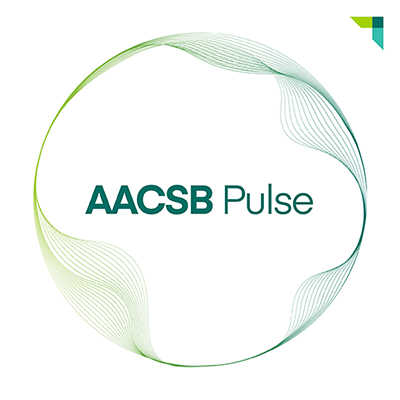How Inclusive Finance Can Inspire Our Teaching
- Hybrid microfinance models in India blend data-driven customization with community trust, helping borrowers access credit when traditional systems fall short.
- These models not only improve repayment rates and reach underserved populations, but also offer insights into how institutions can innovate more effectively by considering local cultural contexts.
- For business schools, hybrid microfinance strategies provide a real-world framework for teaching lessons about sustainability, inclusive innovation, and responsible leadership.
Rani is a vegetable vendor in rural Madhya Pradesh who sought a small loan for her business. She wanted to use the loan to purchase a refrigerated cart and additional inventory, which would enable her to expand her daily sales while minimizing the spoilage losses that had previously constrained her income. However, traditional bank financing was unavailable to her because she lacked formal collateral. Similarly, community restrictions prevented her from joining a group-lending program.
Fortunately, Rani was able to access a customized loan tailored to her repayment capacity and business requirements via a promising innovation: a hybrid microfinance program that blended peer assistance and individual lending. With the new cart and improved inventory management, she increased her daily earnings by nearly 30 percent, ensured her children’s continued schooling, and reinvested in the growth of her enterprise. This adaptable, trust-based approach transformed her livelihood.
Even though microfinance institutions (MFIs) serve more than 60 million low-income households in India, the country’s microfinance industry still faces many obstacles. Loan access is hindered by barriers such as uneven regional penetration, excessive borrower debt, and restricted internet access. But narratives such as Rani’s demonstrate how approaches such as hybrid microfinance models promote greater financial inclusion, challenging conventional wisdom regarding the difficulty of scaling traditional financial services across marginalized populations.
As MFIs adjust to changing operational, legal, and technical settings, more are adopting hybrid microfinance models that combine the advantages of individual and group lending. By combining data-driven customization and social trust mechanisms that are sensitive to local contexts, these models solve enduring operational issues. They better meet the needs of microentrepreneurs in developing countries and open up new channels for delivering inclusive financial services.
And these strategies seem to be working. A recent report on the sector indicates that repayment rates have increased across many borrower segments. Many attribute these improvements to the increased adoption of hybrid microfinance models, which combine personalized lending with community-based trust mechanisms.
As business educators, we can learn a great deal from this evolution. These evolving systems offer us insights into developments occurring at the nexus of sustainable development, fintech innovation, and social finance—and open new avenues for multidisciplinary study, innovative teaching, and the cultivation of responsible leadership.
Understanding the Financial Inclusion Dilemma
Historically, MFIs in India have relied on collective lending models such as solidarity groups and joint liability groups to reduce default risk and foster trust in their communities. These group-based methods, which emphasize peer accountability, are beneficial in many ways, but they frequently leave out people who are unable to form lending groups or who would rather borrow on their own.
Some MFIs do offer individual lending, which provides more personalized credit solutions that can be tailored to the single borrowers. However, individual lending is not as widespread in India’s microfinance sector, because the flexibility of such models is associated with higher administrative expenses and default risk.
The ongoing digital gap in rural India exacerbates these issues. Many microfinance firms are unable to reach the people living in the most marginalized communities due to poor infrastructure, low levels of digital literacy, and general skepticism toward financial technology.
Hybrid microfinance strategies that balance economic viability with social inclusion issues are a rich target for our research and course content.
Together, these elements create a fundamental conundrum: How can MFIs strike a balance between providing inclusive and fair financial services and maintaining operational efficiency?
MFIs in India are not the only ones with this problem. Those in emerging economies in Africa, Southeast Asia, and Latin America face similar challenges. But all of these difficulties can be mitigated through the application of hybrid microfinance strategies.
Balancing Scale and Cultural Sensitivity
Many reputable organizations have adopted alternative schemes that bring together the best of group-based and individual lending approaches. For example, Satya Micro Capital Ltd., Bharat Financial Inclusion Limited, and Ujjivan Small Finance Bank combine the customized risk evaluations of individual loans with community-based screening from group lending.
This strategy is in line with the diffusion of innovations theory proposed by sociologist Everett Rogers in the 1960s. His theory holds that a new system’s success depends on both its perceived advantages and its conformity to prevailing social and cultural norms. Practically speaking, this means that any new technology must be incorporated into reliable, regionally recognized procedures if it is to serve its purpose. It cannot be effective if it is applied without consideration of the local context.
Innovations such as mobile repayment platforms, AI-driven credit ratings, and digital onboarding are just a few examples of the diffusion of innovations theory at work. These technical tools, which reduce transaction costs and broaden reach, have a significant impact only when used in conjunction with strong local infrastructure, community participation, and trust-building.
The same is true of hybrid microfinance methods, whose success is ultimately determined by their capacity to foster strong relationships in the community and adjust to local situations.
More critically, hybrid strategies balance economic viability with social inclusion issues, which demonstrate their multidisciplinary importance. As a result, they align with general sustainability frameworks (such as the social element of environmental, social, and governance principles) more closely than traditional microfinance strategies. This crossover makes them a rich target for our research and course content.
What Our Students Can Learn
India’s evolving microfinance ecosystem offers a rich, practical backdrop for business education, particularly in fields such as inclusive finance, rural entrepreneurship, and social innovation. To prepare students for the challenges of emerging markets, business educators might consider integrating the following exercises involving MFIs into their courses:
Model comparisons. Ask students to compare hybrid lending strategies and conventional microfinance models such as solidarity groups and joint liability groups. Using tools such as institutional theory and SWOT analysis, students can evaluate each model’s strengths, weaknesses, opportunities, and threats. They can gain a comprehensive understanding of how MFIs handle issues such as credit risk, group dynamics, and individual borrower demands in different socioeconomic circumstances.
Simulation-based learning. Create case simulations that mimic the issues that MFIs face, such as borrower resistance to using digital platforms or disputes within lending groups. Such exercises help students explore the conflicts between social inclusion and technical innovation, while creating solutions that improve operational effectiveness, demonstrate cultural sensitivity, and build trust.
India’s evolving microfinance ecosystem offers a rich, practical backdrop for business education, particularly in fields such as inclusive finance, rural entrepreneurship, and social innovation.
Experiential projects. Assign field-based consulting projects in which students work closely with nearby self-help groups and MFIs. This experience will expose students to how realities related to local governance, borrower behaviors, and infrastructure limitations affect inclusive financial models. They also will gain experience in areas such as requirements analysis and stakeholder engagement and learn how to co-create financially sound, contextually appropriate solutions.
Capstone projects. Challenge students to create novel hybrid microfinance models that align with the triple bottom line of economic viability (profit), social impact (people), and environmental sustainability (planet). These in-depth projects require students to consider sociocultural factors, digital literacy levels, regulatory contexts, and technological adoption issues as they develop responsible financial inclusion plans.
By fostering critical thinking, interdisciplinary learning, and ethical leadership, these pedagogical techniques align with AACSB’s focus on real-world relevance. They cultivate future business leaders who can propel long-lasting change in underserved areas.
Educating for Inclusive Innovation
India’s hybrid microfinance models do more than increase operational effectiveness. They represent a fundamental change in the inclusive finance ethos, inspiring scalable solutions that are firmly rooted in local contexts. Driven by empathy, they combine the flexibility of personalized financial services with the social accountability of peer-based lending and the utilization of the latest technological breakthroughs.
Crucially, these hybrid models mark a novel and developing area in inclusive finance. For business schools, hybrid microfinance strategies represent a source of profound social insights and technology innovation, as well as an opportunity to study inclusive innovation dynamics. Their development should inspire new research and innovative pedagogical frameworks that give future leaders innovative, context-aware tactics.
When we incorporate hybrid microfinance models into our courses, classroom discussions, and experiential learning, we prepare students to create change that goes beyond achieving conventional profit objectives. We cultivate future leaders who will have positive social and economic impact and build sustainable and socially conscious businesses.






